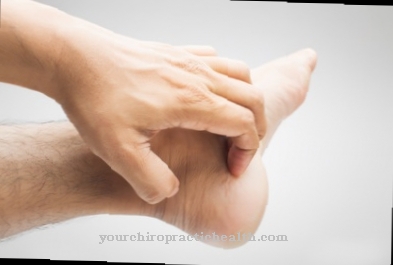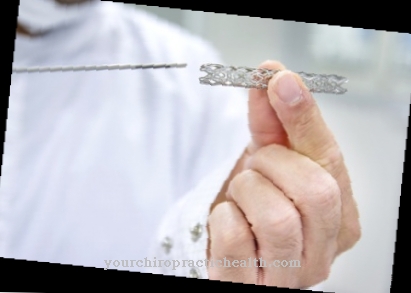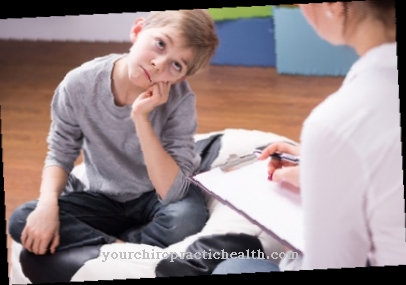Correct breathing is very important for health and is influenced by many factors such as stress, physical condition and air quality. A Respiratory therapy is used for different types of respiratory deficits, respiratory diseases, stress, exhaustion and mental illnesses or to learn different breathing techniques.
What is Respiratory Therapy?

The breath is controlled by the brain. It is mostly unconscious and is often only noticed and observed when shortness of breath or a cold makes breathing difficult.
Both Respiratory therapies a distinction can be made between medical therapies for breathing when a disease or dysfunction, e.g. asthma, smoking or air pollution, and on the other hand breath therapies used in alternative body or psychotherapy.
Medical respiratory therapy is used e.g. the improvement of lung function when the lungs are constantly weak and aims to strengthen the respiratory and bronchial systems. This type of respiratory therapy is often offered in specialist clinics. It can also be carried out with appropriately trained physiotherapists.
Alternative breathing therapy takes into account a patient's emotional situation and body language. Breath is seen as a force that can be used for better self-awareness, relaxation and serenity. There are many different approaches and procedures in this form of breathing therapy. It is carried out, for example, in the practice of a respiratory therapist or in rehabilitation centers.
Function, effect & goals
The medical Respiratory therapy is used for a wide range of different respiratory diseases as well as inadequate breathing mechanics. Breathing deeper creates a better supply of oxygen to the body. Medical respiratory therapy plays an important role in orthopedics, internal medicine and surgery, as well as in preparation for pregnancy.
The chronic airway constricting lung disease (also called smoker's lung) and chronic obstructive bronchitis are common diseases in which respiratory therapy is used promisingly. Medical breathing therapy is particularly useful in the case of asthma, chronic cough and shortness of breath, in order to alleviate an attack using special breathing techniques and to relieve shortness of breath.
Breathing physiotherapy (physiotherapy) can be carried out with the help of a device that causes the patient to exhale against resistance. This will dilate the bronchi and allow the phlegm to be coughed up better. It also trains lung function. Breathing physiotherapy also includes certain breathing techniques and the learning of postures such as the coachman's seat, which allow easier breathing.
Breathing techniques that can be learned include brake lip, abdominal and diaphragmatic breathing. Medical breathing therapy is also used to prevent pneumonia, to strengthen the chest muscles and to increase lung capacity. Ultimately, respiratory therapy leads to a general increase in patient performance.
Alternative respiratory therapies are based on completely different approaches and target not only patients with weakened respiratory function, but also generally people who want to increase their body awareness and inner balance. It is assumed here that the breath is closely linked to all physical and psychological functions. From this it is concluded that all human levels can be positively influenced by respiratory therapy.
Breathing is involuntary, but you can consciously control what the alternative breathing therapies make use of. Among other things, this includes methods such as the perceptible breath according to I. Middendorf, eutonia according to G. Alexander, the pranayama of yoga, the qigong of traditional Chinese medicine and holotropic breathing according to S. Grof. Mental illnesses in which alternative breathing therapy takes a central place include anxiety and depression.
After all, respiratory therapy is particularly important for some professional groups, such as singers, musicians, actors and dancers.
You can find your medication here
➔ Medicines for relaxation and nerve strengtheningRisks & dangers
From an improperly applied or superficially conveyed Respiratory therapy is strongly discouraged as this can have serious side effects.
For example, the therapy of holotropic breathing, through which the person concerned is supposed to reach a "different state of consciousness" via hyperventilation, represents a danger for people with blood pressure disorders or pregnant women.
Caution about breathing therapy is also advisable for some mental illnesses that can worsen as a result of breathing exercises. Therefore, before starting respiratory therapy, it is essential to ensure that the treating person is well qualified and that there is nothing to prevent respiratory therapy from the symptoms.



























